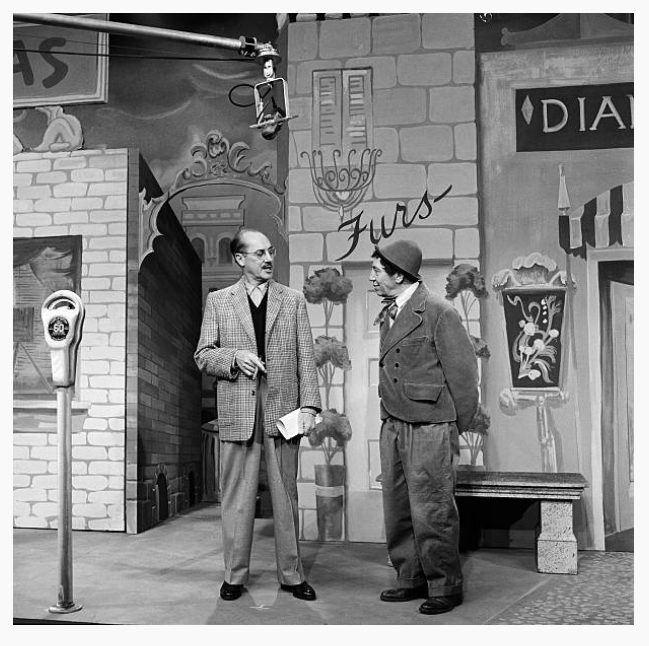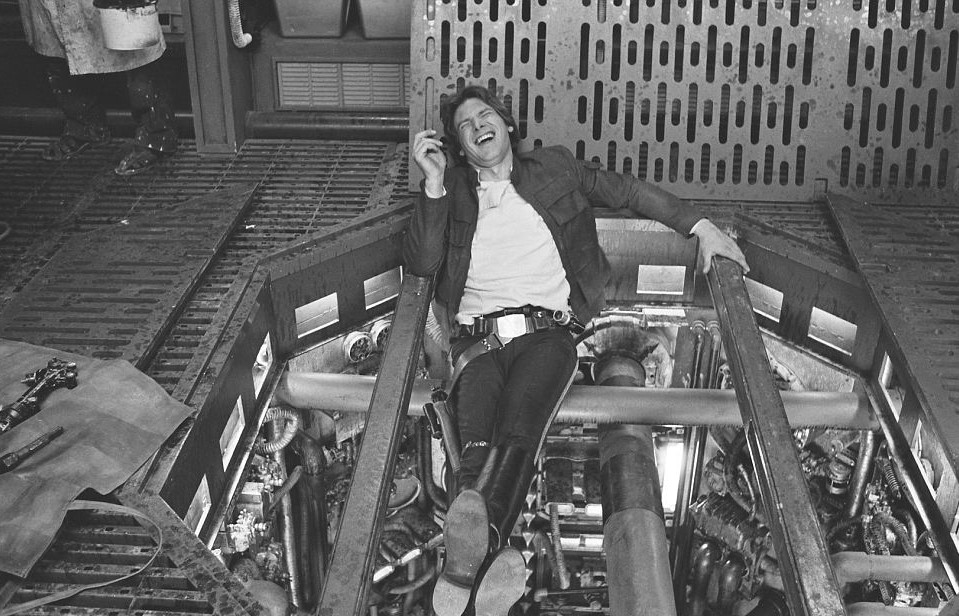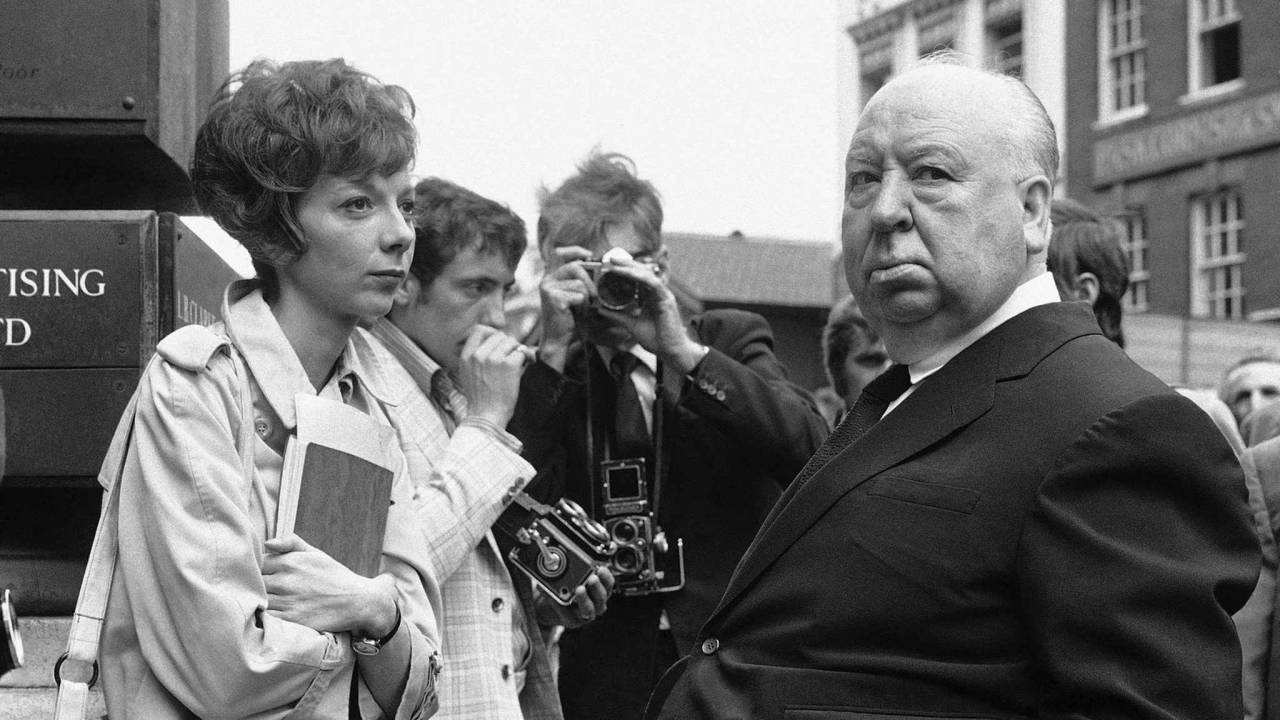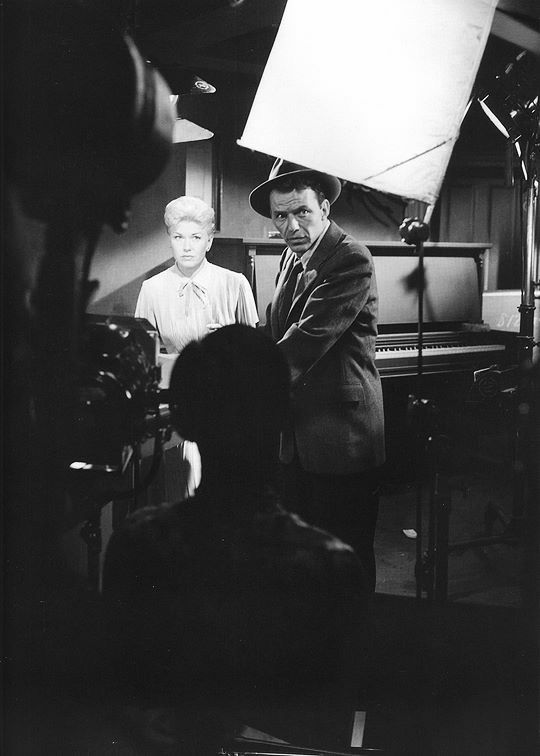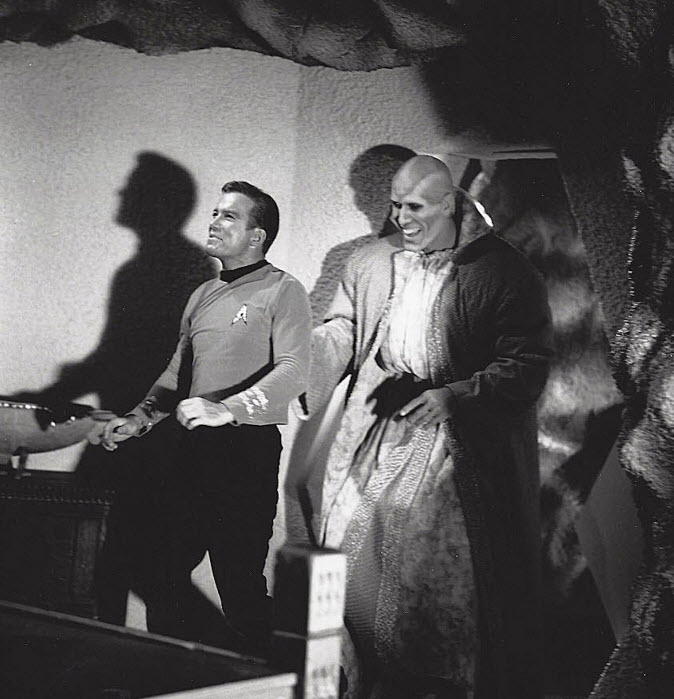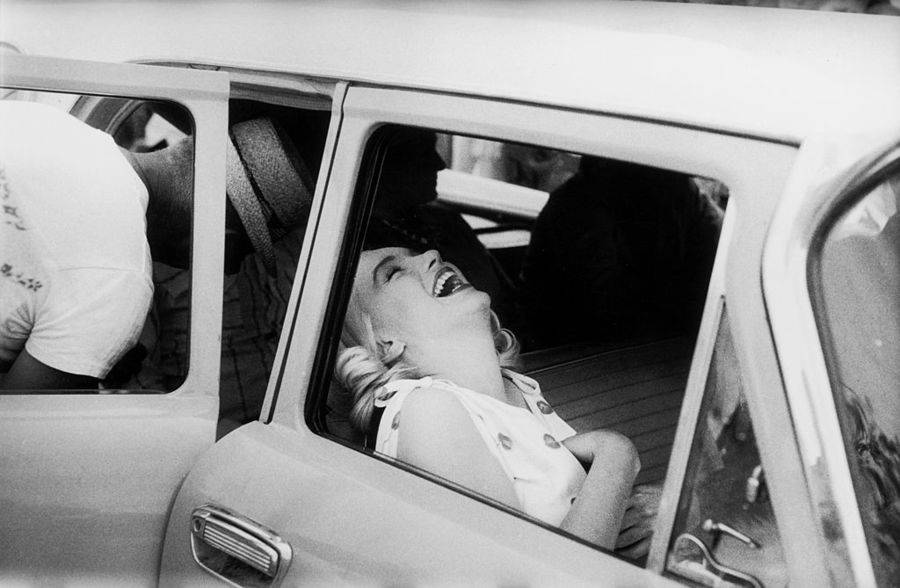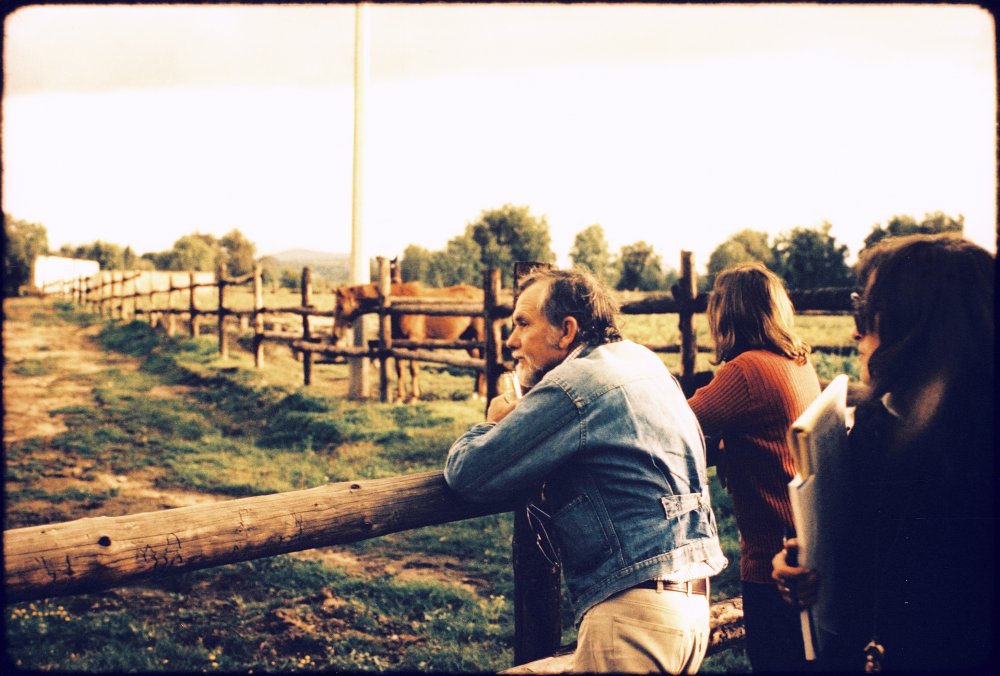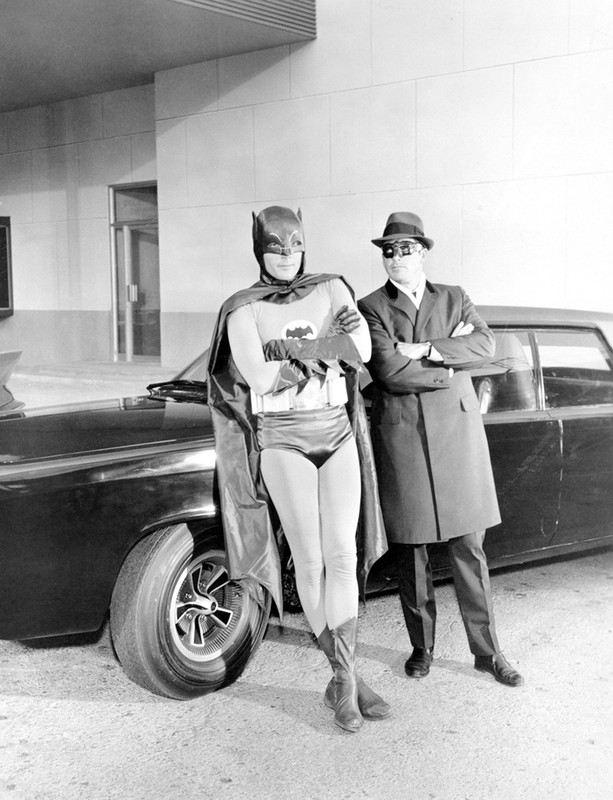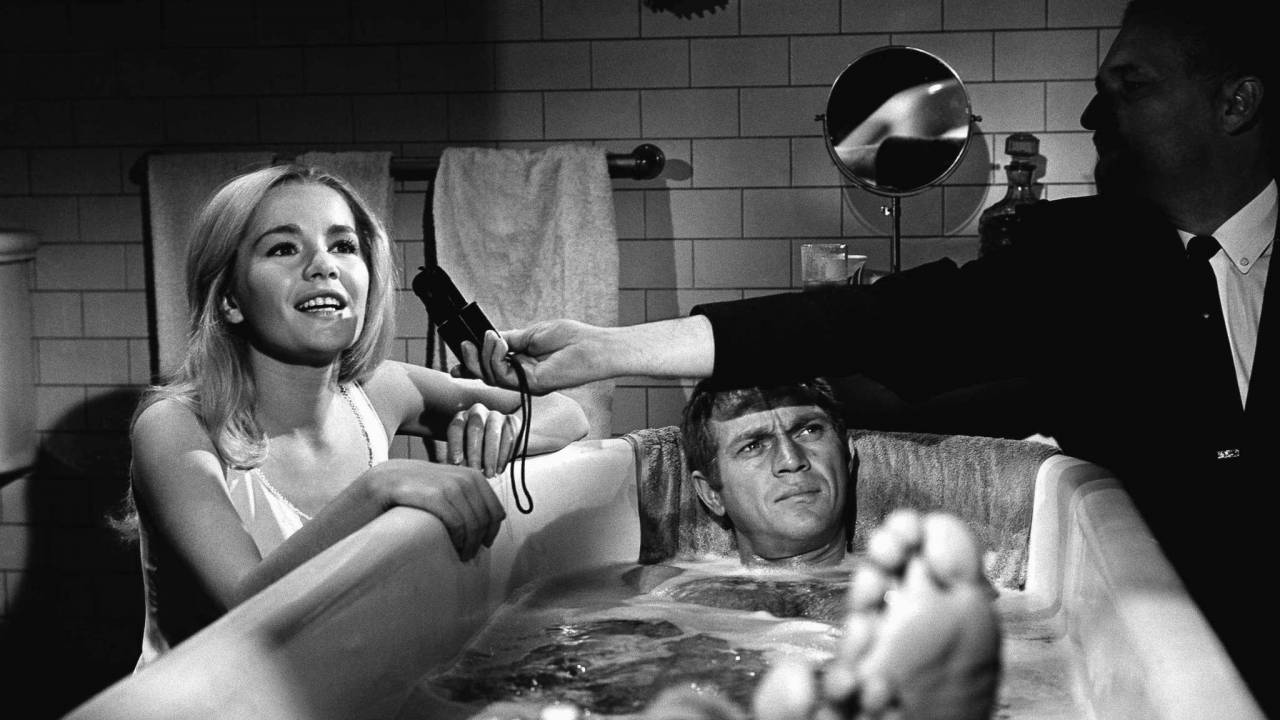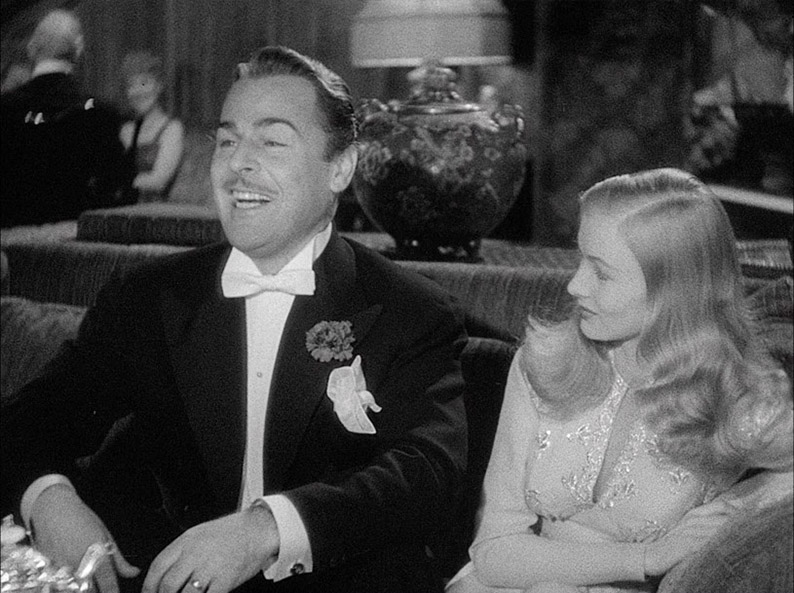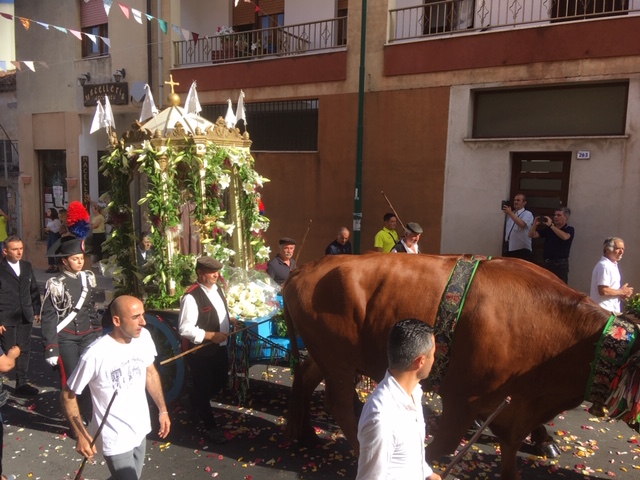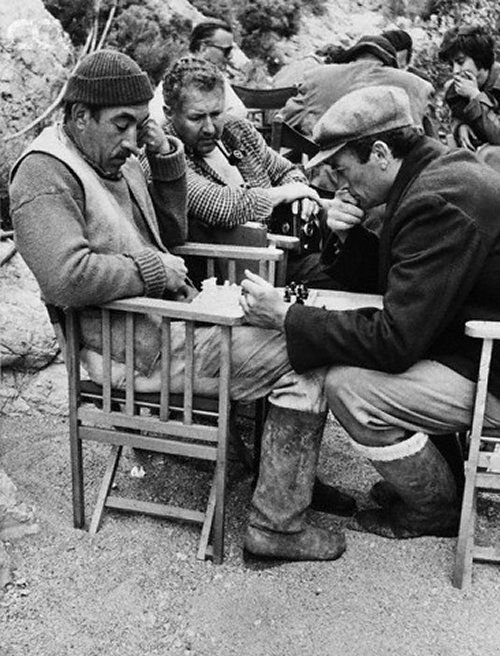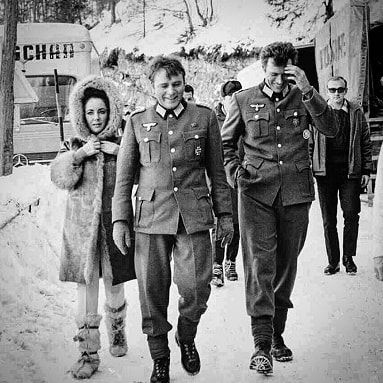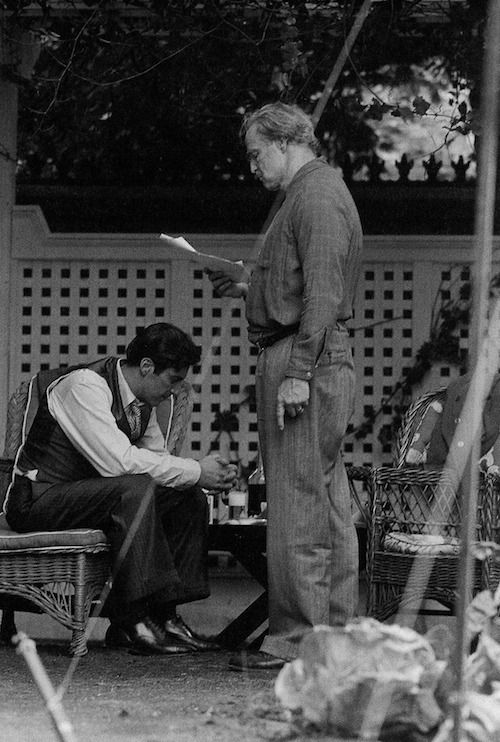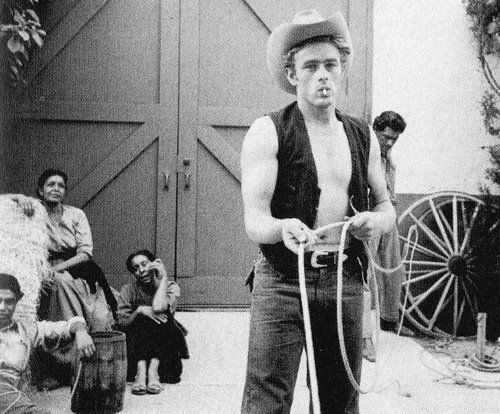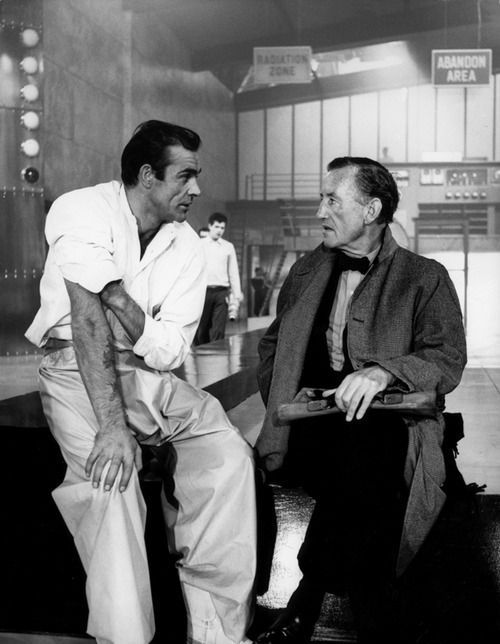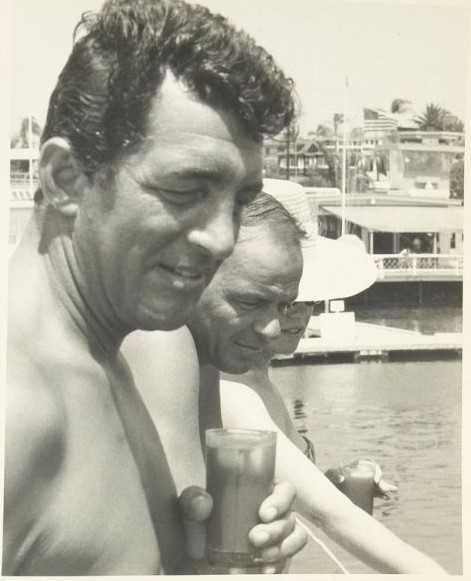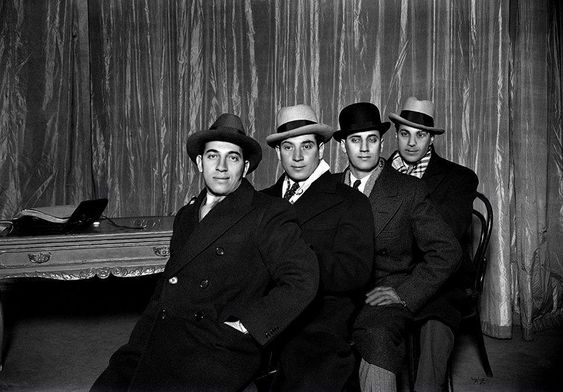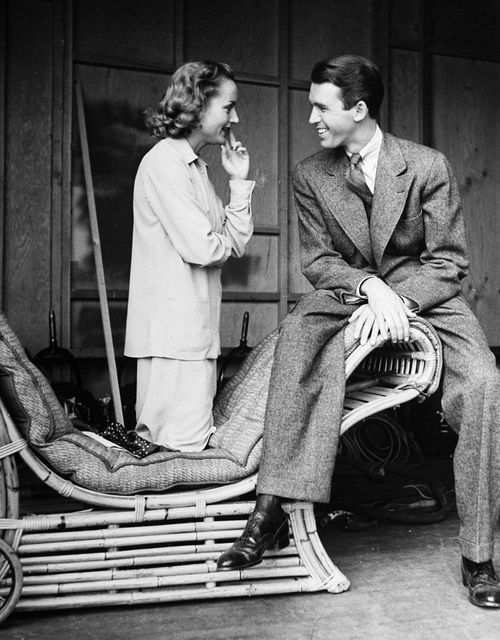Sunday 30 June 2019
Saturday 29 June 2019
Wednesday night's set lists at The Habit, York
Ron Elderly: -
The Air That I Breathe
Lola
I'll See You In My Dreams
Autumn Leaves*
Always On My Mind*
You Better Move On*
Da Elderly: -
A Whiter Shade Of Pale
You Don't Have To Say You Love Me
You Must Not Be Drinking Enough
Human Highway*
Teach Your Children*
Unknown Legend*
The Elderly Brothers: -
Sea Of Heartbreak
Medley: High Heel Sneakers/It's All Over Now
Hello Mary Lou
People Get Ready
Bye Bye Love
*second set
What a change from last week's packed house! For the first hour there was the host, 4 players and the barmaid..... hence 3-song sets. The place filled up nicely after 10 with some additional players arriving. We still went around for a second time though. One latecomer who came on just before The Elderlys' closing set played some excellent finger-picking guitar. His first song was Dylan's Girl From The North Country.........the guitar could have been straight from Nashville Skyline, but the vocal was definitely Dylan live circa 2019......tuneless, almost spoken, but absolutely spot on!! There was no after-show jam, as we got talking politics and the state of NUFC.....could have gone on all night. Ron came up to the Toon yesterday and we played at the Cumberland Arms jam night.....always fun and packed for the final hour or so, after the Morris sides had finished entertaining folks on the terrace outside. Oh what fun we had!
The Air That I Breathe
Lola
I'll See You In My Dreams
Autumn Leaves*
Always On My Mind*
You Better Move On*
Da Elderly: -
A Whiter Shade Of Pale
You Don't Have To Say You Love Me
You Must Not Be Drinking Enough
Human Highway*
Teach Your Children*
Unknown Legend*
The Elderly Brothers: -
Sea Of Heartbreak
Medley: High Heel Sneakers/It's All Over Now
Hello Mary Lou
People Get Ready
Bye Bye Love
*second set
What a change from last week's packed house! For the first hour there was the host, 4 players and the barmaid..... hence 3-song sets. The place filled up nicely after 10 with some additional players arriving. We still went around for a second time though. One latecomer who came on just before The Elderlys' closing set played some excellent finger-picking guitar. His first song was Dylan's Girl From The North Country.........the guitar could have been straight from Nashville Skyline, but the vocal was definitely Dylan live circa 2019......tuneless, almost spoken, but absolutely spot on!! There was no after-show jam, as we got talking politics and the state of NUFC.....could have gone on all night. Ron came up to the Toon yesterday and we played at the Cumberland Arms jam night.....always fun and packed for the final hour or so, after the Morris sides had finished entertaining folks on the terrace outside. Oh what fun we had!
Friday 28 June 2019
Prefab Sprout - Femmes Mythologiques
Prefab Sprout’s New LP Femmes Mythologiques Set For September* Release
Alex Green
Stereo Embers
While many have suggested over the years that Prefab Sprout’s Paddy McAloon is the J.D. Salinger of pop music, the musician’s retreat from public life was not Plan A.
The Durham-born singer/songwriter has been suffering from several health ailments over the past decade that have kept him out of action. Although the perception was that McAloon’s lack of visibility and virtual disappearance from the music world was a conscious choice, it was one that was more necessary than purposeful.
In a rare interview this weekend, he told the Irish Times: “I have Ménière’s disease, and I’ve had problems for over 12 years, but in October 2017 it all descended on me again. In January last year, I got up one day and I couldn’t keep my balance. I fell over, I felt incredibly sick, had to lie still on the floor, and to make it worse it was in the middle of a record shop in Newcastle. I couldn’t move.”
An inner ear disorder, Ménière’s disease–which was named after the French doctor Prosper Ménière’ who discovered it–is, at this point, a cureless disease. It causes vertiginous episodes along with hearing loss and tinnitus. It’s believed to be attributed to blood vessel constriction and fluid build-up in the ear. The disease usually hits those over 40 and after a period of 5-15 years, the symptoms tend to stop, leaving the patient with varying degrees of hearing loss.
The 61-year old McAloon, who also has detached retinas, has found that his health has curtailed not only the possibility of playing live ever again, it’s also prevented him from songwriting composition.
“…the sound of an acoustic guitar is offensive to my ears,” he told the Irish outlet. “I can pick out chords and melodies on a small keyboard, so I can technically write, but it’s not what it was.”
As for what it used to be, it used to be pretty grand, indeed. McAloon is perhaps one of the greatest songwriters of the last fifty years and Prefab Sprout’s catalog is a murderer’s row of straight up classic albums. From Steve McQueen to From Langley Park To Memphis, the band’s discography is a master class of pop majesty.
And now McAloon is set to add to that winning list.
McAloon’s lone solo album I Trawl the Megahertz (2003), will be reissued under the Prefab Sprout moniker by Sony Legacy in the first week of February and McAloon has also revealed that Prefab Sprout’s new album Femmes Mythologiques will be out in September.
McAloon said in the same interview that the new album is, “a collection of reasonably short pop songs about women: Eve, Helen of Troy, Cleopatra, Queen of Sheba…it’s very tuneful, and the choruses are big. The whole idea of it is the distance between what we hear about people and how far removed they were from what we say about them. It’s a home recording, not a big, polished million-pound studio production, but it’s got heart.”
McAloon has also indicated his vaults are rather vast.
How vast?
“You can work it out by doing the maths,” he went on to say. “…if you write three albums a year, approximately, and you’ve been doing that for 30 years, then that’s where we are. Most of it is in metal or plastic boxes with labels on them, and they are usually titled by the year or the project. If a songwriter or musician doesn’t play gigs, then they have an awful lot of time to fill in.”
McAloon also revealed that he’s got a crop of new material that he plans to send to producer Trevor Horn.
http://stereoembersmagazine.com/prefab-sprouts-new-lp-femmes-mythologiques-set-for-september-release/
* of which year though, Paddy...?
* of which year though, Paddy...?
Thursday 27 June 2019
Tuesday 25 June 2019
Monday 24 June 2019
Sunday 23 June 2019
Elliot Roberts RIP

Elliot Roberts, Longtime Neil Young Manager, Dead at 76
Pivotal industry figure managed Joni Mitchell and Crosby, Stills, Nash & Young alongside launching the careers of Tracy Chapman and the Cars
David Browne
Rolling Stone
21 June 2019
Elliot Roberts, who managed the careers of Neil Young, Joni Mitchell, Tom Petty and many classic-rock legends, died Friday at the age of 76. A cause of death has not been revealed.
“It is with a heavy heart that we can confirm the passing of Elliot Roberts. No further details are available at this time,” a rep for Young wrote in a statement on behalf of Roberts’ Lookout Management. “Roberts, among the most respected and beloved music industry figures of all time, leaves an indelible footprint as a pioneer and leader in the business of artist representation. His uncanny intellect, unmatched, sharp wit, larger-than-life charisma along with his keen understanding of the music industry will remain unparalleled. Truly one of a kind, he will be missed always and by many.”
With his former colleague David Geffen, Roberts was one of the pivotal figures in the rise of the Southern California and Laurel Canyon music scenes of the Sixties and Seventies. Known equally for his business savvy and sense of humor, Roberts landed record deals for Young and Mitchell, co-managed Crosby, Stills, Nash & Young, conceived the idea of Petty and the Heartbreakers backing Bob Dylan in the 1980s and helped launch the careers of Tracy Chapman and the Cars.
Young called Roberts “the greatest manager of all time” in a tribute he penned Saturday. “Never one to think of himself, he puts everyone else first. That’s what he did for me for over fifty years of friendship, love and laughter, managing my life, protecting our art in the business of music. That’s what he did,” Young wrote. “When it came to our business, Elliot guided me through every move. We talked every day. Often I would call him multiple times in a day, arguing, discussing, planning and sharing. He was there for me and protected my music with a fierceness.”
“Elliot was a funny, brilliant friend and devoted manager,” Graham Nash said in a statement. “His life touched many people, and he brought forth the best in people. He was the glue that kept CSNY together in our early years and I will certainly miss him with sadness in my heart.”
In a statement to Rolling Stone, Stephen Stills said Roberts was “probably the kindest, gentlest, and far and away the funniest man I ever worked with in Show Business.” “He was also tough as a barbed wire fence, fiercely loyal and keenly observant; guarding the best interests of his clients with uncommon tenacity and skill. But his greatest gift was his soulful, open heart,” Stills wrote.
Roberts was long known as one of the fiercest protectors of his clients. “I think I’m tough,” he told Young biographer Jimmy McDonough in 2002’s Shakey. “Have you ever met a guy in my position who thought he was a pussy? I’m tough, but I’m fair… No, I think I’m way tough, and I don’t think I’m fair at all. Fairness comes into the equation sometimes, but when I deal with Neil for Neil, I don’t care what’s fair — I only care what Neil wants. Not what’s fair.”
The tenacious manager also negotiated Crosby, Stills, Nash & Young’s massive 1974 stadium tour and, later that decade, reorganized the deal between Petty and the Heartbreakers, giving Petty 50 percent and the other four musicians the remaining amount. “As I told them, this will keep us together; otherwise, this band will not stay together,’” he told Petty biographer Warren Zanes last year. “It was something that, as Tom’s manager, I had to do.”
Born Elliot Rabinowitz on February 25th, 1943, Roberts was raised in the Bronx, ran with gangs and, after flirting with the idea of becoming an athlete given his basketball chops, opted for show business. He wound up in the mail room at the William Morris Agency, where he would meet fellow would-be mover and shaker David Geffen.
After he and Geffen rose up the ladder, Roberts heard a tape of Mitchell and soon became her manager, forming Lookout Management. At Mitchell’s urging, Roberts, then only 23, also began managing Young (following the breakup of Buffalo Springfield) and, soon after, Crosby, Stills & Nash. While trying to land the trio a record deal, Roberts realized he needed someone with more record company contacts. Alongside Geffen, he formed the powerful Geffen-Roberts Company. The management firm soon came to represent not just Mitchell (until 1985) but Crosby, Stills, Nash & Young, America and many others. When Geffen started Asylum Records, its acts, including the Eagles and Jackson Browne, were also managed by Geffen-Roberts.
Roberts’ working relationship with Young, which began in 1969 and continued through Roberts’ death, was one of the most enduring artist-manager relationships in rock history. The two often butted heads but remained close and forged a bond that got them through the peaks and valleys of Young’s career. “Because I tend to avoid the confrontations and delivering bad news, I am not good at doing any of that,” Young wrote in his first memoir, Waging Heavy Peace. “Elliot is. He knows how to communicate where I don’t … Just as I wake up every day with a new idea, he wakes up every day with a new approach to solving the problems that arise with the projects I am already immersed in. There are a lot of them. This is our pattern.”
As Roberts told McDonough in Shakey, “I couldn’t write all those great fuckin’ albums for Neil, or have the pain that he has so he could get those emotions out. I can protect him, I can showcase him, I can make sure when it’s special, everyone knows.”
Elliot Roberts, who managed the careers of Neil Young, Joni Mitchell, Tom Petty and many classic-rock legends, died Friday at the age of 76. A cause of death has not been revealed.
“It is with a heavy heart that we can confirm the passing of Elliot Roberts. No further details are available at this time,” a rep for Young wrote in a statement on behalf of Roberts’ Lookout Management. “Roberts, among the most respected and beloved music industry figures of all time, leaves an indelible footprint as a pioneer and leader in the business of artist representation. His uncanny intellect, unmatched, sharp wit, larger-than-life charisma along with his keen understanding of the music industry will remain unparalleled. Truly one of a kind, he will be missed always and by many.”
With his former colleague David Geffen, Roberts was one of the pivotal figures in the rise of the Southern California and Laurel Canyon music scenes of the Sixties and Seventies. Known equally for his business savvy and sense of humor, Roberts landed record deals for Young and Mitchell, co-managed Crosby, Stills, Nash & Young, conceived the idea of Petty and the Heartbreakers backing Bob Dylan in the 1980s and helped launch the careers of Tracy Chapman and the Cars.
Young called Roberts “the greatest manager of all time” in a tribute he penned Saturday. “Never one to think of himself, he puts everyone else first. That’s what he did for me for over fifty years of friendship, love and laughter, managing my life, protecting our art in the business of music. That’s what he did,” Young wrote. “When it came to our business, Elliot guided me through every move. We talked every day. Often I would call him multiple times in a day, arguing, discussing, planning and sharing. He was there for me and protected my music with a fierceness.”
“Elliot was a funny, brilliant friend and devoted manager,” Graham Nash said in a statement. “His life touched many people, and he brought forth the best in people. He was the glue that kept CSNY together in our early years and I will certainly miss him with sadness in my heart.”
In a statement to Rolling Stone, Stephen Stills said Roberts was “probably the kindest, gentlest, and far and away the funniest man I ever worked with in Show Business.” “He was also tough as a barbed wire fence, fiercely loyal and keenly observant; guarding the best interests of his clients with uncommon tenacity and skill. But his greatest gift was his soulful, open heart,” Stills wrote.
Roberts was long known as one of the fiercest protectors of his clients. “I think I’m tough,” he told Young biographer Jimmy McDonough in 2002’s Shakey. “Have you ever met a guy in my position who thought he was a pussy? I’m tough, but I’m fair… No, I think I’m way tough, and I don’t think I’m fair at all. Fairness comes into the equation sometimes, but when I deal with Neil for Neil, I don’t care what’s fair — I only care what Neil wants. Not what’s fair.”
The tenacious manager also negotiated Crosby, Stills, Nash & Young’s massive 1974 stadium tour and, later that decade, reorganized the deal between Petty and the Heartbreakers, giving Petty 50 percent and the other four musicians the remaining amount. “As I told them, this will keep us together; otherwise, this band will not stay together,’” he told Petty biographer Warren Zanes last year. “It was something that, as Tom’s manager, I had to do.”
Born Elliot Rabinowitz on February 25th, 1943, Roberts was raised in the Bronx, ran with gangs and, after flirting with the idea of becoming an athlete given his basketball chops, opted for show business. He wound up in the mail room at the William Morris Agency, where he would meet fellow would-be mover and shaker David Geffen.
After he and Geffen rose up the ladder, Roberts heard a tape of Mitchell and soon became her manager, forming Lookout Management. At Mitchell’s urging, Roberts, then only 23, also began managing Young (following the breakup of Buffalo Springfield) and, soon after, Crosby, Stills & Nash. While trying to land the trio a record deal, Roberts realized he needed someone with more record company contacts. Alongside Geffen, he formed the powerful Geffen-Roberts Company. The management firm soon came to represent not just Mitchell (until 1985) but Crosby, Stills, Nash & Young, America and many others. When Geffen started Asylum Records, its acts, including the Eagles and Jackson Browne, were also managed by Geffen-Roberts.
Roberts’ working relationship with Young, which began in 1969 and continued through Roberts’ death, was one of the most enduring artist-manager relationships in rock history. The two often butted heads but remained close and forged a bond that got them through the peaks and valleys of Young’s career. “Because I tend to avoid the confrontations and delivering bad news, I am not good at doing any of that,” Young wrote in his first memoir, Waging Heavy Peace. “Elliot is. He knows how to communicate where I don’t … Just as I wake up every day with a new idea, he wakes up every day with a new approach to solving the problems that arise with the projects I am already immersed in. There are a lot of them. This is our pattern.”
As Roberts told McDonough in Shakey, “I couldn’t write all those great fuckin’ albums for Neil, or have the pain that he has so he could get those emotions out. I can protect him, I can showcase him, I can make sure when it’s special, everyone knows.”
Saturday 22 June 2019
James Garner as Philip Marlowe: a comprehensive style guide

12 September 2018
Vitals
- James Garner as Philip Marlowe, cynical private detective
- Los Angeles, Spring 1969
- Film: Marlowe
- Release Date: October 22, 1969
- Director: Paul Bogart
- Costume Design: Florence Hackett & James Taylor
Save for a single season of a loosely adapted ABC TV series, he character of Philip Marlowe had gone more than two decades without a cinematic portrayal at the time Marlowe was released in 1969. Directed by the appropriately named Paul Bogart (no relation), this adaptation of Raymond Chandler’s 1949 pulp novel The Little Sister updated the setting to contemporary Los Angeles.
James Garner took some criticism for his take on the famous private eye, but I think the likable actor’s vulnerable sincerity works for his interpretation of Chandler’s anti-hero. Marlowe is also credited for setting the stage for Garner to take on his signature role of Jim Rockford in The Rockford Files for six seasons on NBC.
If any criticism should be seriously leveled toward Marlowe, it’s that the whole vibe seems passé with Marlowe more in vein with characters like Paul Newman’s Harper or Frank Sinatra’s Tony Rome who were stylish in mid-decade but already anachronistic by the end of the tumultuous decade. After all, 1969 was the same year that George Lazenby decided James Bond was already out of date after his one-off turn as 007. This isn’t to say there wouldn’t eventually be a place for venerated literary characters like Marlowe and Bond, but they would need to catch up with a rapidly changing world to find their place with modern audiences getting used to a world beyond the strict Hays Code.
In fact, 1969 may have been the last year that an ambivalent detective like James Garner’s Marlowe could find his way onto the big screen before the divisive politics of Nixon-era zeitgeist split America’s big-screen cop heroes into violent avengers like Clint Eastwood’s Dirty Harry and cheekier and more sensitive de-escalators like Garner’s own Jim Rockford.
Perhaps to reintroduce ’60s audiences to the character, the title Marlowe was used in place of The Little Sister, though Chandler’s original title is referenced in the title song performed by Orpheus, which transitions to the radio inside Marlowe’s ’63 Plymouth convertible as he drives up to The Infinite Pad, a flop house in the fictional coastal town of Bay City, California.
Garner does his own work to introduce the cool-as-a-cucumber Marlowe to audiences as he steps out of the Plymouth, drops his shades down below his eyes, and approaches this den of hippie iniquity.
In the middle of his search for one Orrin Quest, Marlowe shakes down the shifty junkie managing the place who groans: “Lousy private fuzz, you oughta be ashamed of yourself!” to which Marlowe cracks back: “Just too proud to show it.”
When someone later mistakes the manager “for an ice block,” as Marlowe puts it, the case gets rolling.
Average day in a detective’s life. I’ve been stabbed, snubbed, and generally snookered.
What’d He Wear?
Though it’s not technically autumn yet, mid-September brings us even closer to tweed season.
James Garner’s Philip Marlowe makes his on-screen introduction – and spends most of the film – wearing a gray tweed sport jacket in the classic American sack cut with its natural shoulders, boxy profile due to lack of darts, and ventless back.

Marlowe finds himself in temporary custody. Lt. Christy French (Carroll O’Connor) makes a point of asking Sgt. Fred Beifus (Kenneth Tobey) to cuff the private eye’s wrists behind his back
The 3/2-roll single-breasted jacket has slim notch lapels with swelled edges that roll over the top button to the center of three sew-through buttons in the same dark gray mixed plastic as the two spaced buttons on each cuff. The patch breast pocket and flapped patch hip pockets are double-stitched along the edges.
The suiting is a small-scale light gray-and-black herringbone tweed that has an overall gray effect.
Marlowe doubles down on his Ivy League aesthetic, wearing a white cotton oxford shirt with a gently rolling button-down collar. The shirt has a front placket, breast pocket, and single-button rounded cuffs.

Marlowe has no patience for shady motel shamus Oliver Hady (George Tyne)
The first tie he wears with this outfit is a plain black slim tie, knotted in a small Windsor knot though it’s worn loosened at the collar throughout the sequence, both communicating Marlowe’s general nonchalance and signifying to the audience that he’s already in the middle of a case when we meet him.

Marlowe spends the latter portion of the film wearing a different white cotton shirt with a narrow semi-spread collar rather than the button-down collar. The rest of the details – the front placket, breast pocket, and single-button rounded cuffs – remain the same, and he wears the same black leather holster over both of his shirts.
Despite the American influences of his attire, Marlowe’s skinny striped repp tie follows the traditional British “uphill” direction from the right hip to the left shoulder. With its wide stripes in maroon and dark navy blue, the tie follows the color combination of the Royal Fusiliers, the City of London regiment of the British Army that was in continuous existence for 283 years until it was deactivated in 1968, the year before Marlowe was released.

The look of the all-American cop in a gray tweed jacket, light shirt, red-and-navy striped tie, and dark trousers would be revisited two years later in Dirty Harry when Clint Eastwood’s renegade cop dons the same ensemble but with a brick red sweater vest as an added layer against the San Francisco chill.

Marlowe balances the textured jacket with a subdued pair of dark charcoal straight-leg trousers. These trousers have a medium-high rise with a fitted, belt-less waistband that appear to have darts rather than pleats or a traditional flat front. These trousers have frogmouth-style front pockets and plain-hemmed bottoms.
With this outfit and both of his screen-worn suits, Marlowe invariably wears a pair of black calf cap-toe oxfords with black socks.

“He eschews fedora and trench coat for sunglasses,” writes a reviewer at Noirsville, referencing the subtle way that James Garner’s Marlowe updates an otherwise classic American look. While Bogie’s Marlowe had only worn tinted lenses as part of an effete disguise, sunglasses were de rigueur for any character to be deemed “cool” in 1969.
The first scene finds Garner stepping out of his Plymouth and dropping his shades to below his eyes… not removing them immediately, but instead visually communicating his disdain for his slummy surroundings. Marlowe’s black-framed sunglasses have a wraparound shape and long, curved lenses similar to the Ray-Ban Balorama, which had been developed only two years earlier and, two years later, would be the outdoor eyewear of choice for Clint Eastwood in Dirty Harry.

Marlowe balances the textured jacket with a subdued pair of dark charcoal straight-leg trousers. These trousers have a medium-high rise with a fitted, belt-less waistband that appear to have darts rather than pleats or a traditional flat front. These trousers have frogmouth-style front pockets and plain-hemmed bottoms.
With this outfit and both of his screen-worn suits, Marlowe invariably wears a pair of black calf cap-toe oxfords with black socks.

“He eschews fedora and trench coat for sunglasses,” writes a reviewer at Noirsville, referencing the subtle way that James Garner’s Marlowe updates an otherwise classic American look. While Bogie’s Marlowe had only worn tinted lenses as part of an effete disguise, sunglasses were de rigueur for any character to be deemed “cool” in 1969.
The first scene finds Garner stepping out of his Plymouth and dropping his shades to below his eyes… not removing them immediately, but instead visually communicating his disdain for his slummy surroundings. Marlowe’s black-framed sunglasses have a wraparound shape and long, curved lenses similar to the Ray-Ban Balorama, which had been developed only two years earlier and, two years later, would be the outdoor eyewear of choice for Clint Eastwood in Dirty Harry.

Marlowe sizes up The Infinite Pad
Marlowe’s steel wristwatch follows the emerging mid-sixties fashion with its black dial and black leather strap.

Marlowe’s steel wristwatch follows the emerging mid-sixties fashion with its black dial and black leather strap.

The Guns
Unlike Jim Rockford, Garner’s Philip Marlowe has no reservations about arming himself for his considerably dangerous profession. In a black leather shoulder holster, he first carries a snub-nosed Smith & Wesson Model 10 revolver with a blued steel frame, rounded wooden grips, and a two-inch barrel. The Model 10 originated as the Smith & Wesson “Military & Police” model just before the dawn of the 20th century and remains the quintessential American police revolver with its six-round cylinder and .38 Special round.

Marlowe holds a .38 on Grant W. Hicks (Jackie Coogan) after spotting a .45 in his suitcase.
The decision to arm Garner’s Marlowe exclusively with revolvers is at odds with Chandler’s 1949 novel, where he carried a Luger, the iconic semi-automatic pistol of the German military.
After his Smith & Wesson is taken away by Sonny Steelgrave’s thugs, Marlowe takes up his secondary weapon, a Colt Python with a 2.5″ barrel dug out from his office desk drawer. While it resembles his previous revolver with its snub-nosed barrel, blued steel frame, and wooden grips, the Python was chambered for the more powerful .357 Magnum round.

Marlowe arrives at Sonny Steelgrave’s home, tapping on the glass door with the butt of his snub-nosed Colt Python.
After Mavis Weld (Gayle Hunnicutt) summons him to Steelgrave’s home, Marlowe takes her nickel Colt Model 1908 Vest Pocket with white pearl grips to stage a suicide. Developed soon after the turn of the century, this pocket pistol was chambered for the anemic .25 ACP round, though Marlowe mistakenly refers to it as a .32 several times throughout the film.

Marlowe sniffs the Colt .25 he took from Mavis Weld to determine that it had been recently fired.
Marlowe incorrectly referring to the Colt .25 as a .32 almost definitely comes from Chandler’s novel The Little Sister, where Steelgrave had gifted “a [little black] .32-caliber automatic with a white bone grip” to both Mavis Weld and Dolores Gonzales. This would imply the popular Colt Model 1903 Pocket Hammerless pistol, though the only other detail provided in the book is a nine-round magazine, one more than the Colt Model 1903 could carry.
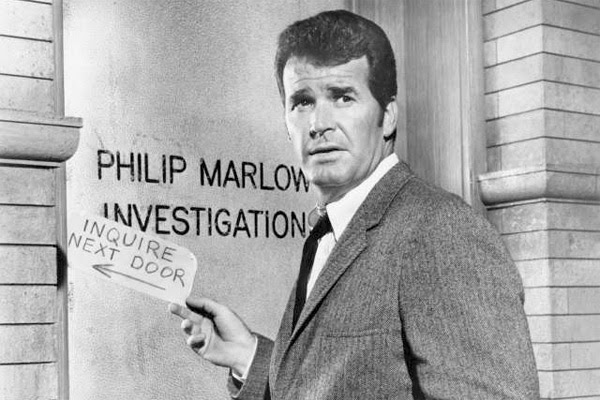
How to Get the Look
James Garner’s Philip Marlowe spends much of his time on screen in the classic American Ivy League-inspired ensemble of a tweed jacket with a white button-down collar shirt, slim tie, dark trousers, and black oxfords.
Unlike Jim Rockford, Garner’s Philip Marlowe has no reservations about arming himself for his considerably dangerous profession. In a black leather shoulder holster, he first carries a snub-nosed Smith & Wesson Model 10 revolver with a blued steel frame, rounded wooden grips, and a two-inch barrel. The Model 10 originated as the Smith & Wesson “Military & Police” model just before the dawn of the 20th century and remains the quintessential American police revolver with its six-round cylinder and .38 Special round.

Marlowe holds a .38 on Grant W. Hicks (Jackie Coogan) after spotting a .45 in his suitcase.
The decision to arm Garner’s Marlowe exclusively with revolvers is at odds with Chandler’s 1949 novel, where he carried a Luger, the iconic semi-automatic pistol of the German military.
After his Smith & Wesson is taken away by Sonny Steelgrave’s thugs, Marlowe takes up his secondary weapon, a Colt Python with a 2.5″ barrel dug out from his office desk drawer. While it resembles his previous revolver with its snub-nosed barrel, blued steel frame, and wooden grips, the Python was chambered for the more powerful .357 Magnum round.

Marlowe arrives at Sonny Steelgrave’s home, tapping on the glass door with the butt of his snub-nosed Colt Python.
After Mavis Weld (Gayle Hunnicutt) summons him to Steelgrave’s home, Marlowe takes her nickel Colt Model 1908 Vest Pocket with white pearl grips to stage a suicide. Developed soon after the turn of the century, this pocket pistol was chambered for the anemic .25 ACP round, though Marlowe mistakenly refers to it as a .32 several times throughout the film.

Marlowe sniffs the Colt .25 he took from Mavis Weld to determine that it had been recently fired.
Marlowe incorrectly referring to the Colt .25 as a .32 almost definitely comes from Chandler’s novel The Little Sister, where Steelgrave had gifted “a [little black] .32-caliber automatic with a white bone grip” to both Mavis Weld and Dolores Gonzales. This would imply the popular Colt Model 1903 Pocket Hammerless pistol, though the only other detail provided in the book is a nine-round magazine, one more than the Colt Model 1903 could carry.
How to Get the Look
James Garner’s Philip Marlowe spends much of his time on screen in the classic American Ivy League-inspired ensemble of a tweed jacket with a white button-down collar shirt, slim tie, dark trousers, and black oxfords.
- Gray-and-black herringbone tweed single-breasted 3-button-2 sport jacket with slim notch lapels, patch breast pocket, flapped breast hip pockets, spaced 2-button cuffs, and ventless back
- White cotton oxford shirt with button-down collar, front placket, breast pocket, and 1-button rounded cuffs
- Black skinny tie
- Charcoal flat front trousers with fitted waistband, frogmouth front pockets, and plain-hemmed bottoms
- Black calf leather cap-toe oxford shoes
- Black dress socks
- Black leather shoulder holster (RHD)
- Stainless steel round-cased wristwatch with black dial on black leather strap
- Black plastic-framed wraparound sunglasses
The Quote
Her boyfriend tried to buy me first, then bury me… I resent both overtures.
Friday 21 June 2019
Wednesday night's set lists at The Habit, York
Ron Elderly: -
Can't Help Falling In Love
The River
Suspicious Minds*
Just My Imagination*
Da Elderly: -
Out On The Weekend
Old Man
Need Your Love So Bad*
You're Sixty (personalised You're Sixteen)*
The Elderly Brothers: -
You Really Got A Hold On Me
Another Saturday Night
All My Loving
The Price Of Love
I'll Get You
You Got It
* second sets
On a beautifully still evening in York, The Habit was packed for most of the night.......and mostly with punters, not players. The audience were attentive and enthusiastic throughout and were presented with a smorgasbord of musical styles: we had Americana, folk, hippy-music, soul, blues, rock, pop and several original songs. I was most surprised to hear the words "High Da!" at the bar....it was none other than Gareth Crickmer, who was in town for the cricket....Yorkshire CCC had played their first game in the city for many a year. We all went round for a second time at the microphone and The Elderly Brothers closed the show with a longer-than-usual set. After a brief lull in proceedings, the after-show acoustic jam got under way with many punters joining in and even dancing at times! Another cracking night of fun at The Habit.
Can't Help Falling In Love
The River
Suspicious Minds*
Just My Imagination*
Da Elderly: -
Out On The Weekend
Old Man
Need Your Love So Bad*
You're Sixty (personalised You're Sixteen)*
The Elderly Brothers: -
You Really Got A Hold On Me
Another Saturday Night
All My Loving
The Price Of Love
I'll Get You
You Got It
* second sets
On a beautifully still evening in York, The Habit was packed for most of the night.......and mostly with punters, not players. The audience were attentive and enthusiastic throughout and were presented with a smorgasbord of musical styles: we had Americana, folk, hippy-music, soul, blues, rock, pop and several original songs. I was most surprised to hear the words "High Da!" at the bar....it was none other than Gareth Crickmer, who was in town for the cricket....Yorkshire CCC had played their first game in the city for many a year. We all went round for a second time at the microphone and The Elderly Brothers closed the show with a longer-than-usual set. After a brief lull in proceedings, the after-show acoustic jam got under way with many punters joining in and even dancing at times! Another cracking night of fun at The Habit.
Thursday 20 June 2019
Tuesday 18 June 2019
Monday 17 June 2019
Sunday 16 June 2019
Franco Zeffirelli RIP
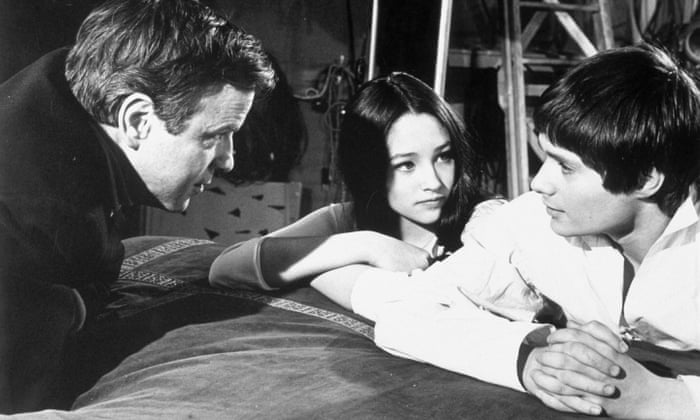
Directing Romeo and Juliet
By Emily Langer
The Washington Post
15 June 2019
Franco Zeffirelli, the Italian director and designer who reigned in theater, film and opera as the unrivaled master of grandeur, orchestrating the youthful 1968 movie version of “Romeo and Juliet” and transporting operagoers to Parisian rooftops and the pyramids of Egypt in productions widely regarded as classics, died June 15 at his home in Rome. He was 96.
A son, Luciano, confirmed the death to the Associated Press but did not cite a cause.
Mr. Zeffirelli — a self-proclaimed “flag-bearer of the crusade against boredom, bad taste and stupidity in the theater” — was a defining presence in the arts since the 1950s. In his view, less was not more. “More is fine,” a collaborator recalled Mr. Zeffirelli saying, and as a set designer, he delivered more gilt, more brocade and more grandiosity than many theater patrons expected to find on a single stage.
“A spectacle,” Mr. Zeffirelli once told the New York Times, “is a good investment.”
From his earliest days, he seemed to belong to the opera. Born in Italy to a married woman and her lover, he received neither parent’s surname. His mother dubbed him “Zeffiretti,” an Italian word that means “little breezes” and that arises in Mozart’s opera “Idomeneo,” in the aria “Zeffiretti lusinghieri.” An official mistakenly recorded the name as “Zeffirelli.”
Mr. Zeffirelli grew up mainly in Florence, amid the city’s Renaissance riches, and trained as an artist before being pulled into theater and then film by an early and influential mentor, Luchino Visconti. Mr. Zeffirelli matured into a sought-after director in his own right, staging works in Milan, London and New York City, where he became a mainstay of the Metropolitan Opera.
His first major work as a film director was “The Taming of the Shrew” (1967), a screen adaptation of Shakespeare’s comedy, starring Elizabeth Taylor and Richard Burton. But Mr. Zeffirelli was best known for the Shakespearean adaptation released the next year — “Romeo and Juliet,” starring Leonard Whiting and Olivia Hussey in the title roles.
He reportedly reviewed the work of hundreds of young actors before selecting his two stars, both of whom were still in their teens. With a lush soundtrack by Nino Rota, and with its equally lush visuals, the film won the Academy Award for best cinematography and was a runaway box office success. Film critic Roger Ebert declared it “the most exciting film of Shakespeare ever made.”
It “is the first production of ‘Romeo and Juliet’ I am familiar with in which the romance is taken seriously,” Ebert wrote. “Always before, we have had actors in their 20s or 30s or even older, reciting Shakespeare’s speeches to each other as if it were the words that mattered. They do not, as anyone who has proposed marriage will agree.”
In the opera, an art form already known for its opulence, big voices and bigger personalities, Mr. Zeffirelli permitted himself to be deterred by neither physical nor financial constraints. “Opera audiences demand the spectacular,” he told the Times.
Mr. Zeffirelli had notable artistic relationships with two of the most celebrated sopranos of the 20th century, Maria Callas and Joan Sutherland. But certain Zeffirelli sets seemed to excite the opera world even more than the performers who sang upon them.
One such example was his production of Puccini’s “La Bohème,” an extravaganza set in 19th-century Paris famous for its exuberant street scene and magical snowfall. After its 1981 premiere at the Met, it was said that the audience lavished on Mr. Zeffirelli a grander ovation than the one reserved for conductor James Levine and the singers who played the opera’s bohemian lovers.
“For the first time,” Mr. Zeffirelli told the Times, “audiences will have a sense of the immensity of Paris, and the smallness of this little group’s place — the actual space of a garret. The acting is now intimate and conversational, which is exactly what Puccini wanted. Since the garret is raised, every whisper and gesture will come across clearly in the theater.”
His production of Verdi’s “Aida,” performed at Milan’s La Scala in 1963 with soprano Leontyne Price and tenor Carlo Bergonzi, featured 600 singers and dancers (including scantily clad belly dancers), 10 horses, towering idols, palm trees, and sphinxes littering the expanse of the stage. “I have tried to give the public the best that Cecil B. DeMille could offer,” Mr. Zeffirelli told Time magazine, referring to the Hollywood director’s biblical epics, “but in good taste.”
It was sometimes said that Mr. Zeffirelli was beloved by everyone except music reviewers, some of whom disparaged his style as excessive to the point of taking attention away from the music. Writing in the Times, Bernard Holland panned Mr. Zeffirelli’s set for Puccini’s “Turandot,” set in China, as “acres of white paint and gold leaf topped by the gaudiest of pagodas” and quipped that “if the gods eat dim sum, they certainly do it in a place like this.”
In time, the Metropolitan Opera replaced some of Mr. Zeffirelli’s productions, although the modernistic newcomers — notably Luc Bondy’s dreary “Tosca” in 2009 — did not always prove as popular.
“It’s like somebody decides that the Sistine Chapel is out of fashion,” Mr. Zeffirelli told the Times. “They go there and make something a la Warhol. . . . You don’t like it? O.K., fine, but let’s have it for future generations.”
As for those who had criticized his direction of “Romeo and Juliet” for similar reasons, he retorted, “In all honesty, I don’t believe that millions of young people throughout the world wept over my film . . . just because the costumes were splendid.”
Destined for the opera
Mr. Zeffirelli was born in Florence on Feb. 12, 1923. His father, Ottorino Corsi, was a Florentine businessman, and his mother, Alaide Garosi, was a fashion designer. Her husband was a lawyer, and he died before Mr. Zeffirelli was born.
His mother continued a fraught relationship with Corsi, once attempting to stab him with a hat pin. “The opera? My destiny?” Mr. Zeffirelli observed in a 1986 autobiography, “Zeffirelli.” “I think there is a case to be made.”
After the death of his mother when he was 6, he became the charge of an aunt. He recalled his upbringing in the 1930s in the semi-autobiographical film “Tea With Mussolini” (1999), which he directed and which starred Maggie Smith, Judi Dench and Joan Plowright as English expatriates in Florence who take in a parentless child during the era of fascist rule.
Mr. Zeffirelli attended art school before studying architecture at the University of Florence. His studies were put on hold during World War II, when he fought alongside anti-fascist partisans. His interests shifted more toward film, particularly after he saw Laurence Olivier star in the 1944 Technicolor film adaptation of Shakespeare’s “Henry V,” which Olivier also directed.
“The lights went down and that glorious film began,” Mr. Zeffirelli recalled in his memoir. “I knew then what I was going to do. Architecture was not for me; it had to be the stage.”
He met Visconti while working in Florence as a stagehand. Visconti, with whom he lived for a period, gave him his push into professional work, hiring him to work as a designer for an Italian stage production of Tennessee Williams’s “A Streetcar Named Desire” in 1949.
Mr. Zeffirelli soon began designing and directing at La Scala and later the Met. He designed, directed and adapted from Shakespeare the libretto for the production of Samuel Barber’s “Antony and Cleopatra” that opened the Met’s new opera house at Lincoln Center in 1966.
Mr. Zeffirelli said he found it invigorating to shift from one art form to another. His theatrical productions starred top-flight actors including Albert Finney and Anna Magnani. On television, he directed “Jesus of Nazareth,” an acclaimed 1977 miniseries with a reported price tag of $18 million and a cast that included Robert Powell as Jesus, Hussey as the Virgin Mary, Olivier as Nicodemus, Anne Bancroft as Mary Magdalene and James Earl Jones as Balthazar.
Mr. Zeffirelli received a best director Oscar nomination for “Romeo and Juliet.” (He lost to Carol Reed for the musical “Oliver!”) He also garnered a nomination for best art direction for his 1982 film adaptation of Verdi’s opera “La Traviata,” starring Teresa Stratas and Plácido Domingo, one of several such operatic film adaptations he made.
His other notable films included “Hamlet” (1990) starring Mel Gibson and Glenn Close. Less acclaimed was “Endless Love” (1981), starring Brooke Shields and Martin Hewitt in a tragic story of teen romance, which Mr. Zeffirelli admitted was “wretched.”
Politically, Mr. Zeffirelli positioned himself on the right, serving as a senator in the political party Forza Italia. “I have found it an irritating irony that those who espouse populist political views often want art to be ‘difficult,’ ” he wrote in his memoir. “Yet I, who favor the Right in our democracy, believe passionately in a broad culture made accessible to as many as possible.”
He described himself as homosexual, preferring not to use the word “gay.” In 2000, he adopted two adult sons, Pippo and Luciano, both former lovers, according to the newspaper the Australian. A complete list of survivors was not immediately available.
Looking back on his life and career, Mr. Zeffirelli once told The Washington Post that he was struck by “how much is risked to become something” — “to make something of his life,” he continued, speaking of himself in the third person. To show that “he’s not a bastard.”
Saturday 15 June 2019
Kind Hearts and Coronets - behind the scenes
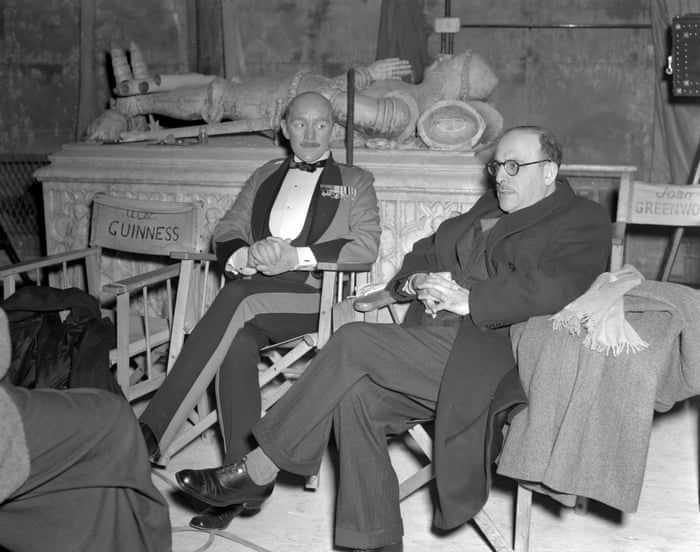
Alec Guinness (left, dressed as General Lord Rufus d’Ascoyne) with producer Michael Balcon
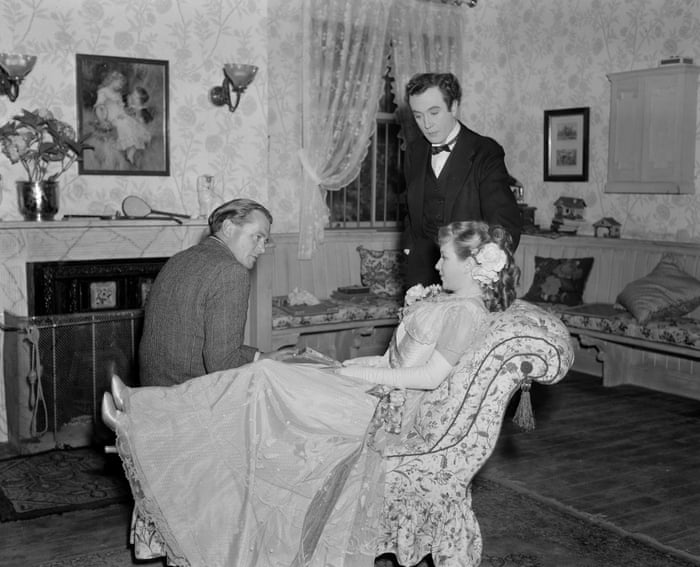
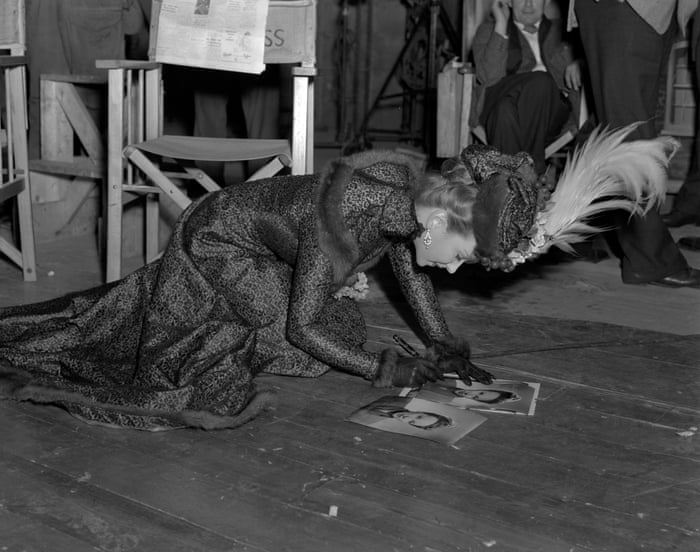
Greenwood autographing photographs
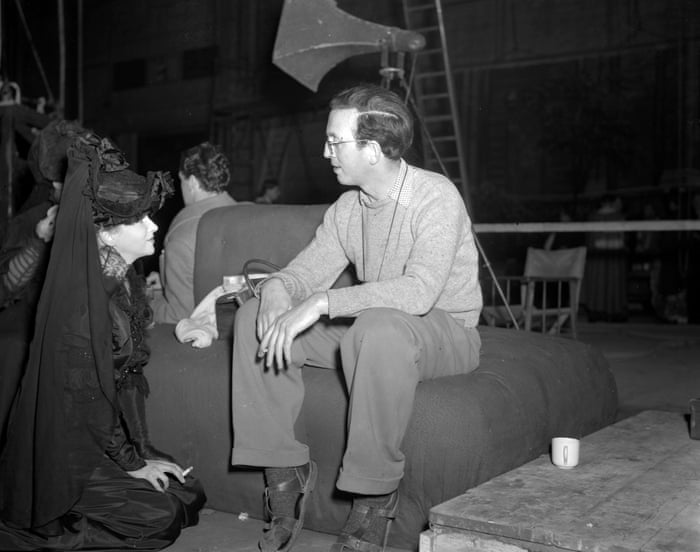
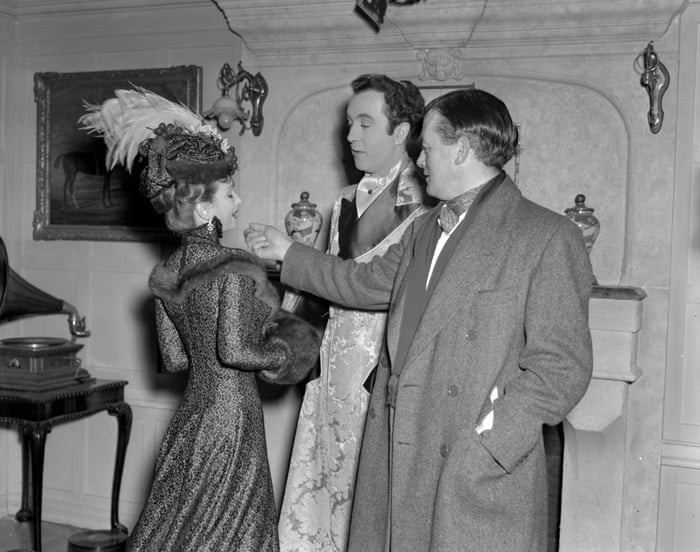
Greenwood, Price and Hamer
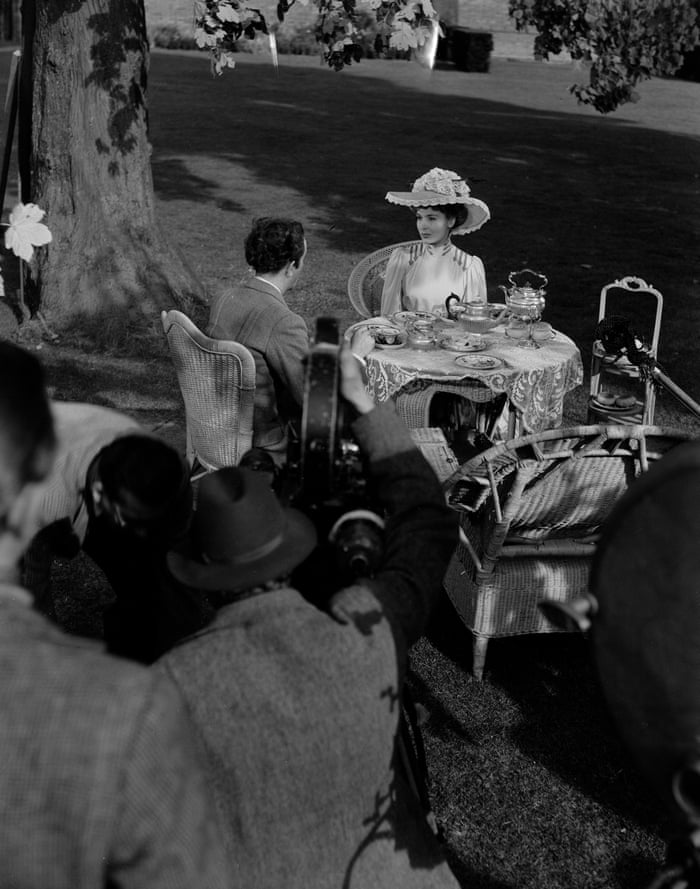
Price and Valerie Hobson
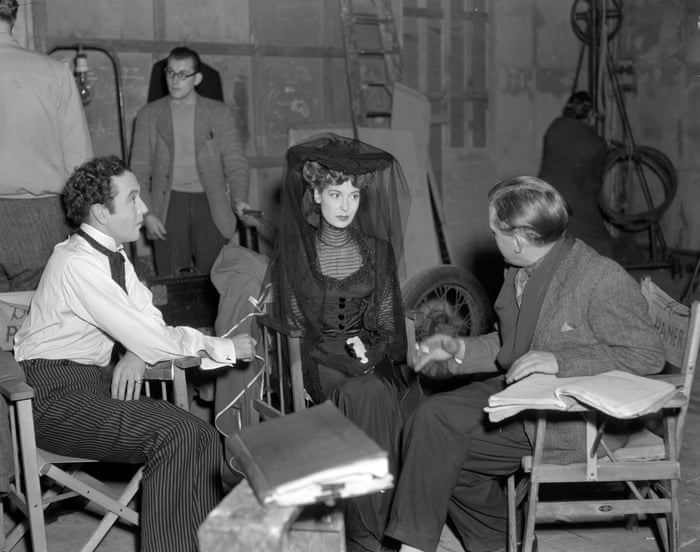
Price, Hobson and Hamer
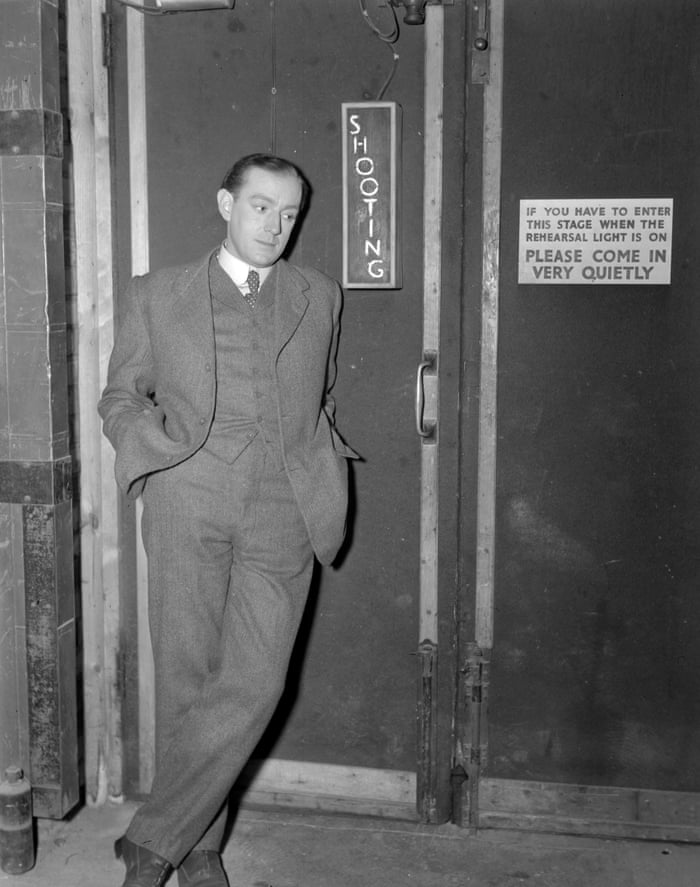
Guiness waiting for his call
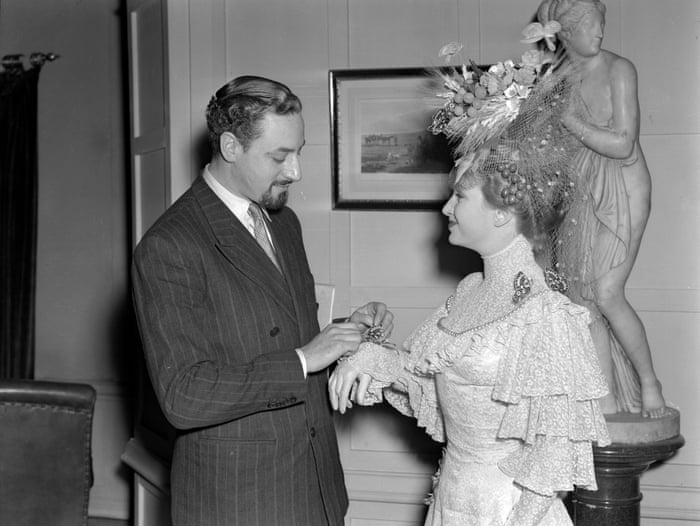
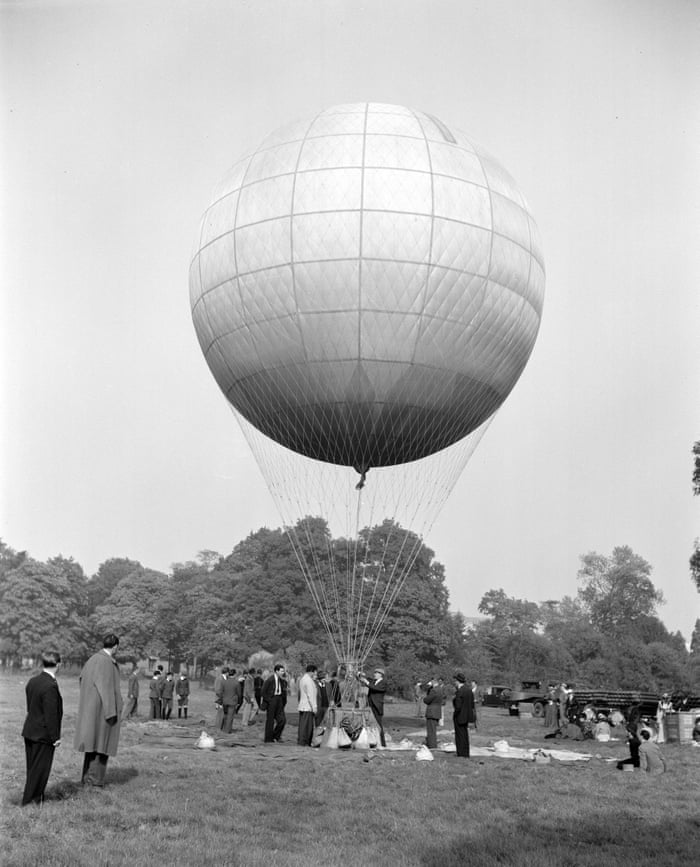
Preparing for the murder of Lady Agatha d’Ascoyne (Hobson)
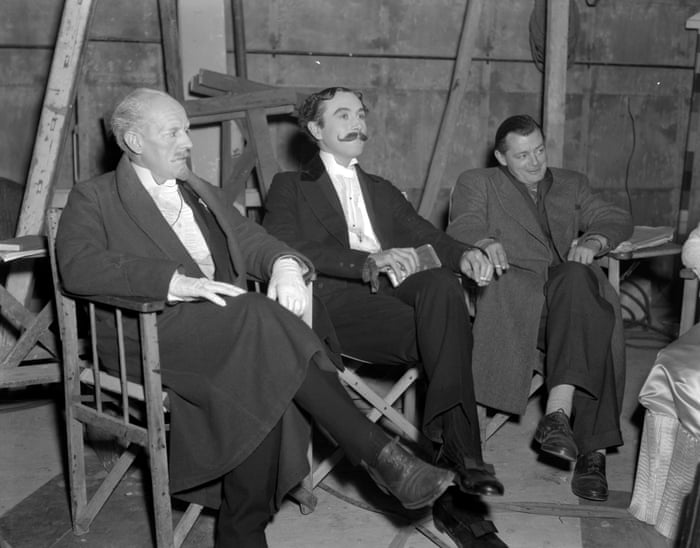
Price and Hamer
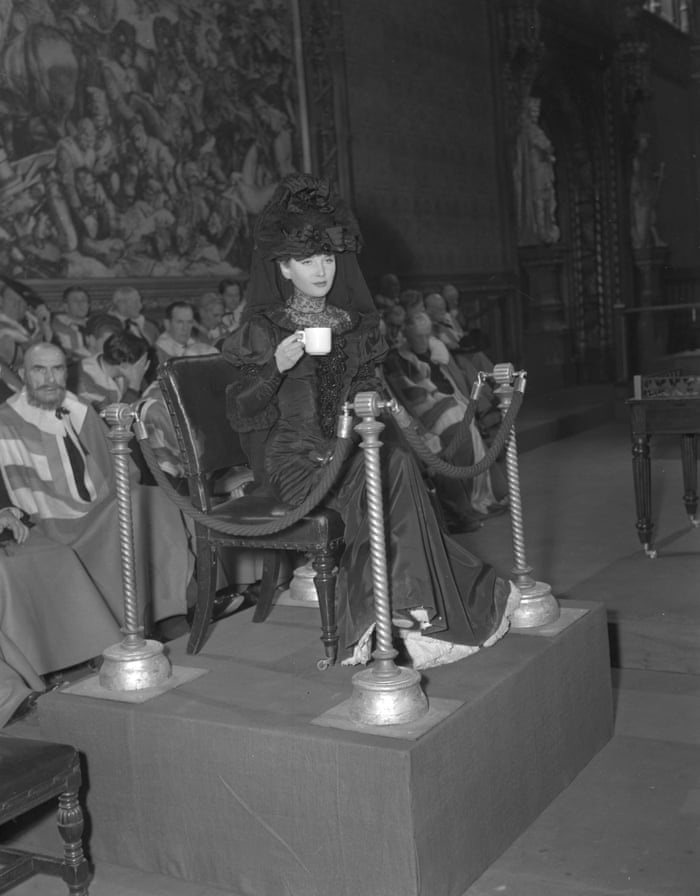
Greenwood having a cup of tea
Subscribe to:
Posts (Atom)


